Planets
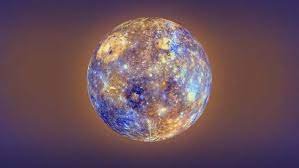
Mercury
Mercury is the innermost and smallest planet in the solar system, named after the Roman messenger god.Mercury is the smallest planet in the solar system, with a diameter of about 4,880 kilometers (3,032 miles), roughly 38% the diameter of Earth. It orbits the Sun at an average distance of about 58 million kilometers (36 million miles), making it the closest planet to the Sun.
More Info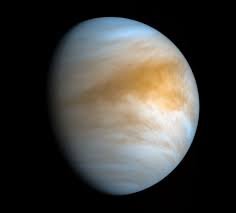
Venus
Venus is the second planet from the Sun in our solar system and to as Earth's sister planet due to their similar size and composition.Venus has a diameter of about 12,104 kilometers (7,521 miles),making it slightly smaller than Earth. It orbits the Sun at an average distance of about 108 million kilometers (67 million miles), roughly 0.72 times the average distance between the Earth and the Sun.
More Info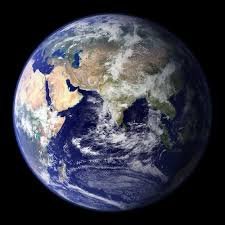
Earth
Earth is the third planet from the Sun & the only known planet to support life.Earth has a diameter of about 12,742 kilometers(7,918 miles),making it the fifth-largest planet and It orbits the Sun at an average distance of about 149.6 million kilometers(92.96 million miles),roughly one astronomical unit(AU), which is the average distance between Earth and the Sun.
More Info
Mars
Mars is the fourth planet from the Sun in our solar system and is often referred to as the "Red Planet" due to its reddish appearance caused by iron oxide (rust) on its surface.Mars has a diameter of about 6,779 kilometers (4,212 miles), making it roughly half the size of Earth. It orbits the Sun at an average distance of about 227.9 million kilometers (141.6 million miles), roughly 1.5 times the average distance between Earth and the Sun.
More Info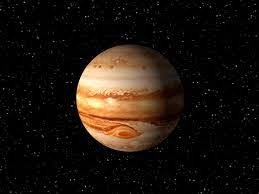
Jupiter
Jupiter is the largest planet in our solar system and is known as a gas giant.It has a diameter about 139,822 km(86,881 miles),making it more than 11 times wider than Earth.It orbits the Sun at average distance of about 778 million km(484 million miles),roughly 5.2 times the average distance between Earth and the Sun.It primarily composed of hydrogen and helium,similar to the composition of the Sun.
More Info
Saturn
Saturn is the sixth planet from the Sun in our solar system and the second-largest planet, after Jupiter.Saturn has an extensive system of moons, with at least 82 moons identified as of 2022. The largest of these is Titan, which is even larger than the planet Mercury and is the only moon in the solar system with a substantial atmosphere. Saturn's rings are its most prominent feature.
More Info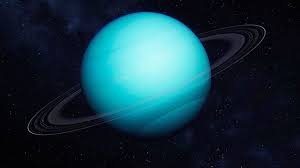
Uranus
Uranus is the seventh planet from the Sun in our solar system, located between Saturn and Neptune. Uranus was discovered by the British astronomer William Herschel on March 13, 1781. It was the first planet discovered with a telescope, as all the planets known before had been visible to the naked eye. Herschel initially wanted to name it "Georgium Sidus" (George's Star) after King George III of England
More Info
Neptune
Neptune is the eighth and farthest known planet from the Sun in Solar System.It was discovered on September 23,1846,by German astronomer Johann Gottfried Galle.Its existence was predicted by French mathematician Urbain Le Verrier and English mathematician John Couch Adams based on irregularities in orbit of Uranus.It is the fourth-largest planet by diameter and third-largest by mass in Solar System.
More Info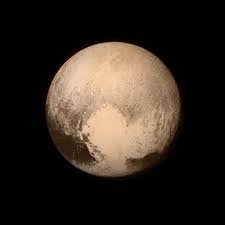
Pluto
Pluto, formerly considered the ninth planet in our solar system, was reclassified as a "dwarf planet" by the International Astronomical Union (IAU) in 2006 due to its small size and its orbit overlapping with that of Neptune. Pluto is relatively small, with a diameter of about 2,377 kilometers (1,477 miles), which is only about two-thirds the diameter of Earth's Moon.
More Info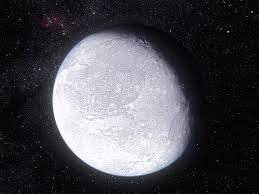
Eris
Eris is a dwarf planet located in outer Solar System, known for its discovery, which played a role in the reclassification of Pluto.It was discovered on January 5, 2005,by a team of astronomers led by Mike Brown, Chad Trujillo, and David Rabinowitz at the Palomar Observatory in California,USA.It is one of the largest known dwarf planets in the Solar System,with a diameter of about 2,326 km(1,445 miles).
More Info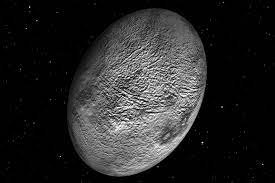
Haumea
Haumea is another dwarf planet located in the outer Solar System, beyond the orbit of Neptune, in the region known as the Kuiper Belt.Haumea was discovered on December 28, 2004, by a team of astronomers led by Mike Brown, Chad Trujillo, and David Rabinowitz at the Sierra Nevada Observatory in Spain.It has a diameter of about 1,400 kilometers (870 miles) along its longest axis.
More Info
Makemake
Makemake is another dwarf planet located in the Kuiper Belt, similar to Pluto, Eris, and Haumea. Makemake was discovered on March 31, 2005, by a team of astronomers led by Michael E. Brown, Chad Trujillo, and David Rabinowitz at the Palomar Observatory in California, USA. It was officially announced in 2005.Makemake is one of the largest known objects in the Kuiper Belt, with a diameter estimated to be about 1,430 kilometers (890 miles).
More Info

